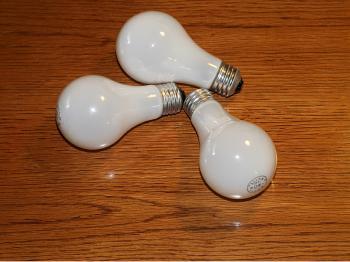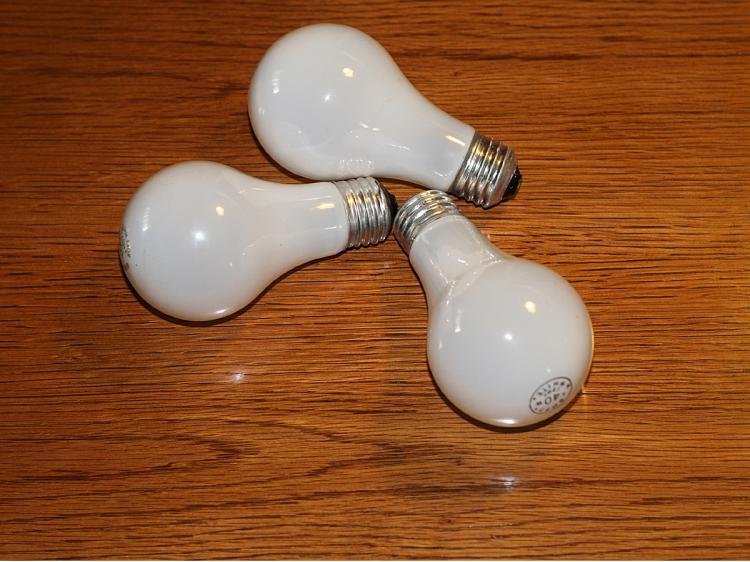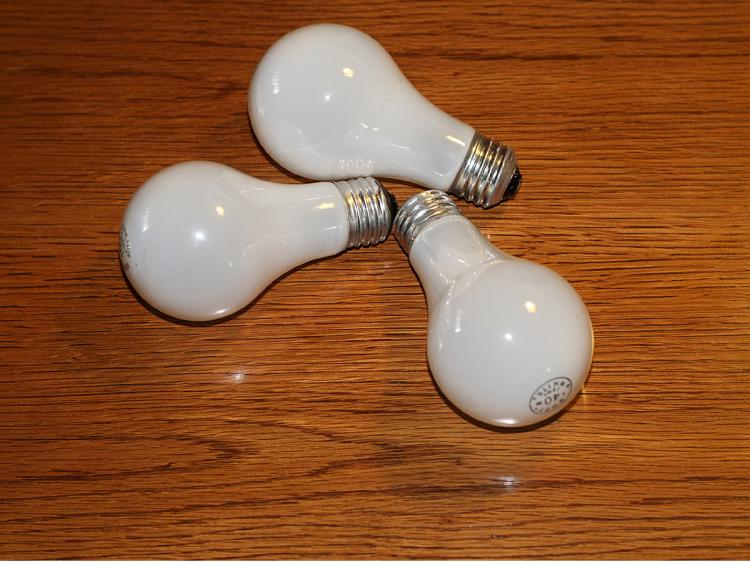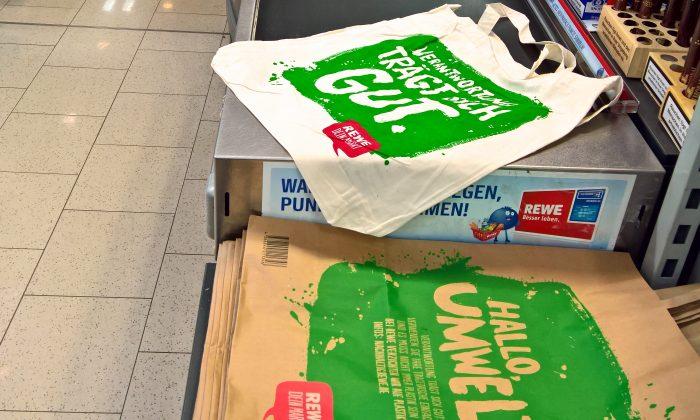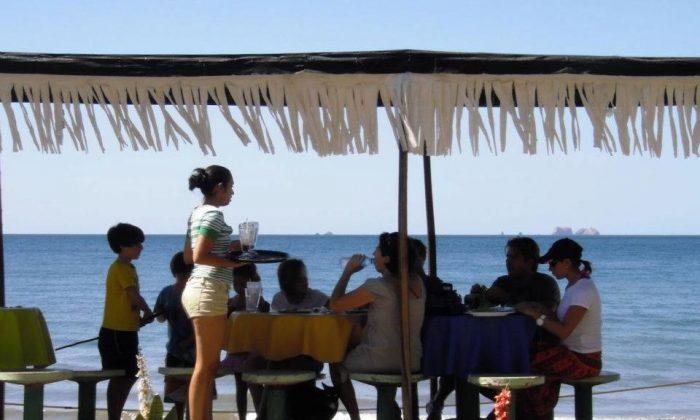Aiming to lower CO2 emissions and high energy use, the European Union has made a step toward banning one of the top CO2 emitters—the incandescent light bulb.
On Sep. 1, the EU passed a law prohibiting the sale of incandescent light bulbs in stores. As an alternative, new light bulbs called compact florescent lights (CFL) will be used instead. Starting this week, all 100 watt and higher light bulbs must be replaced by CFL bulbs.
75 Watt and 60 Watt incandescent light bulbs will be also slowly replaced by 2012, when the EU estimates that the replacement program will be complete.
Incandescent light bulbs, invented by U.S. scientist Thomas Edison, were derided by businesses and consumers for their excessive energy consumption and high CO2 emissions.
According to scientific studies, a regular incandescent light bulb uses only 5 percent of its energy for lighting and 95 percent for heating purposes, thereby creating unnecessary heat and emitting CO2 into the atmosphere.
The CFL light bulbs will use 80 percent less energy and will also have a longer life span of up to 8 years. Also, it would not heat up its surroundings—even after burning for hours, it will stay mildly warm.
In addition to producing less heat, CFL light bulbs will be cheaper for the long run, thanks to its lower energy intake and long lifespan.
According to the calculations by the EU Commission, energy saved from the CFL light bulbs alone would be equal to the total energy currently used in Romania with its 11 million inhabitants. Additionally, with the new bulbs, EU will lower its CO2 emissions by 15 million tons per year, setting a good example to fight the climate change.
Green Peace has estimated that if all of the 3.5 billion light bulbs were to be replaced in Europe by the new environmentally friendly CFL bulbs, then Europe could do without 25 power plants that are currently producing the extra energy needed to run such bulbs. In addition, it would also save the EU 5 billion euros ($7.2 billion) in energy costs per year.
Compromising Light?
But the switch also has its critics.
Critics argue that the new CFL light bulbs are too dim in comparison with the old incandescent light bulbs. They have a lower lighting spectrum and don’t emit the familiar yellowish light, replacing it by a dimmer white glow.
Facing the issue of climate change and high energy consumption, a necessity to limit the CO2 emissions and to save energy has spurred EU to adopt the law prohibiting the candescent light bulb.
